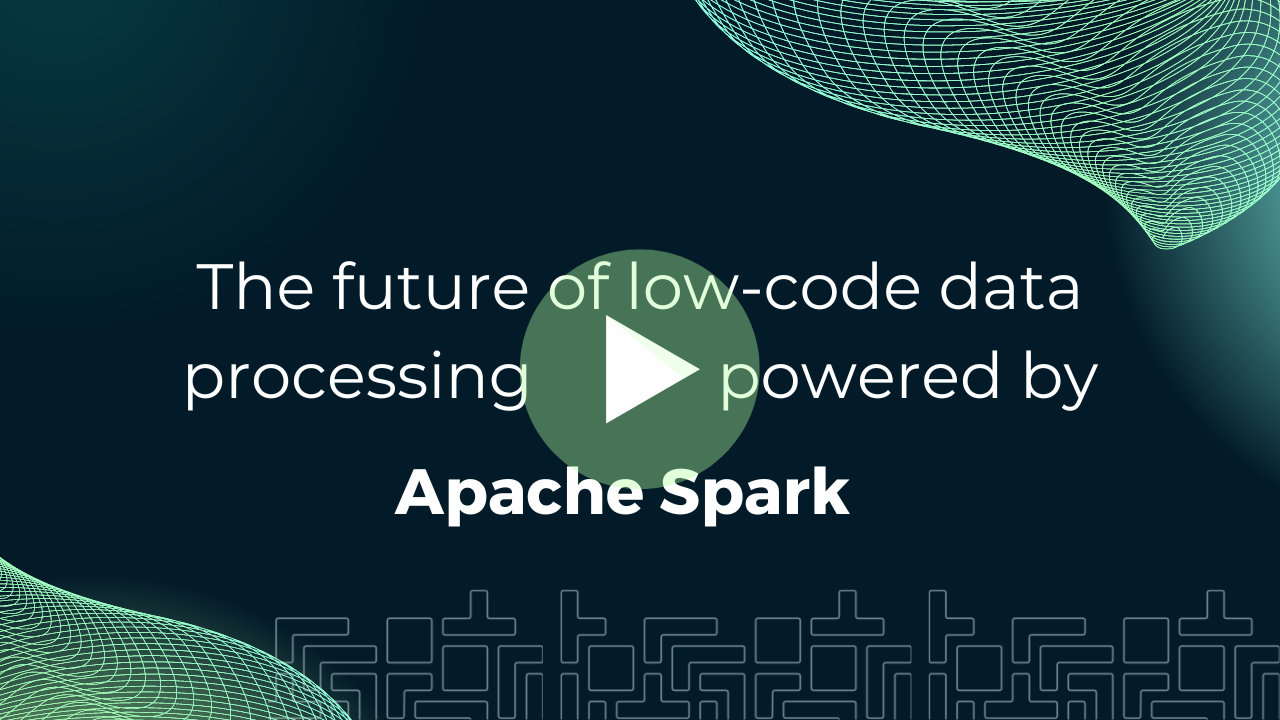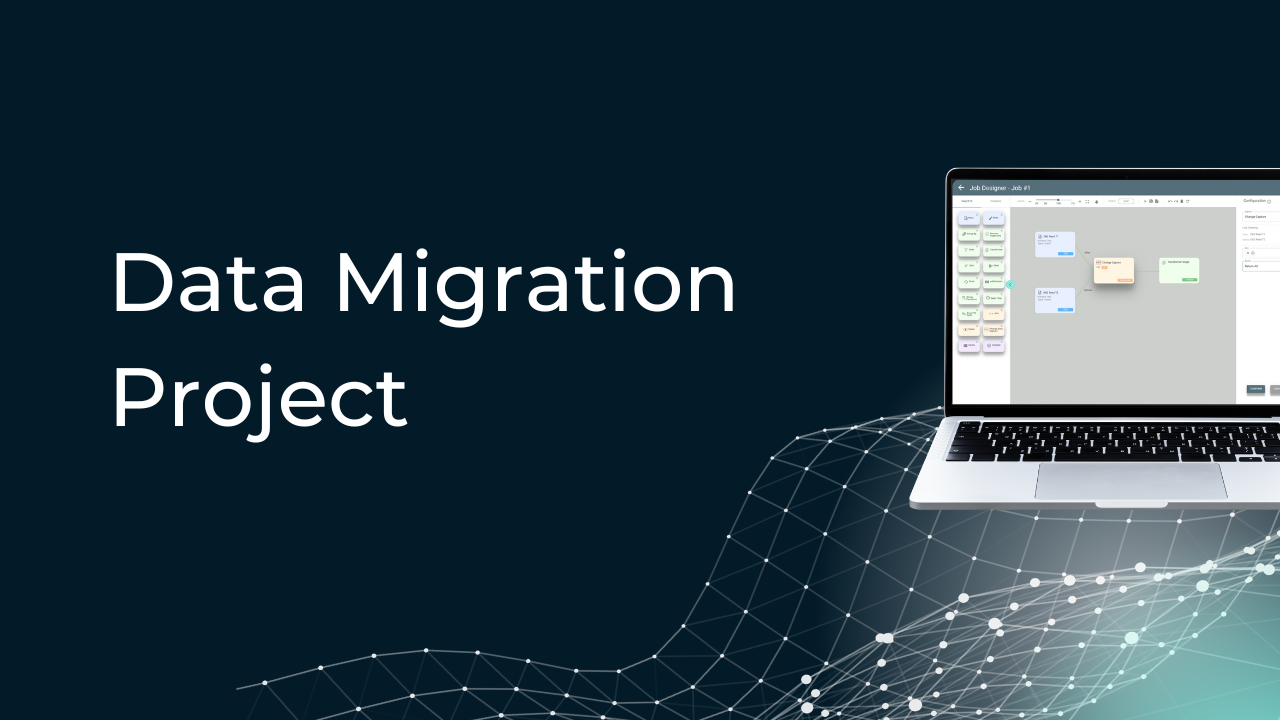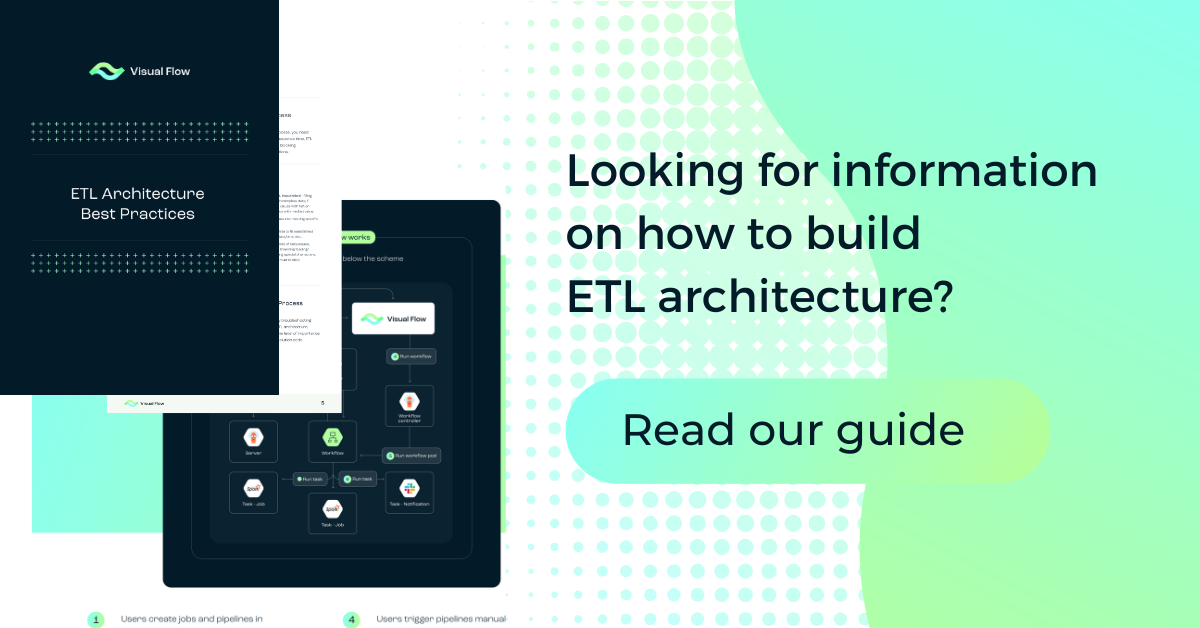
Table of Content:
Table of Content:


Every penny counts for startups, and they need data migration strategies that won’t drain their limited resources. In this article, we’ll tell you about such strategies and their importance.
What is Data Migration?
Data migration is moving data from one data center, known as the source system, to another, called the target system. It also refers to transferring data between different formats and applications. But data migration isn’t just about moving data around. It involves a detailed plan that includes data management solutions and techniques like extraction, profiling, preparation, validation, and transformation, to ensure that data quality is maintained throughout the whole process.
In the past, data migration for startups required significant investment in expensive equipment and infrastructure, along with ensuring security, training staff, and updating software. Nowadays, cloud computing offers a more cost-effective way to store and manage large volumes of data, often referred to as an enterprise data warehouse.&
Reasons Behind Cloud Data Migration
Typically, data migration goes hand-in-hand with broader transformations within the company. When businesses merge or are acquired, their databases need to be integrated into a single environment. This prevents data silos and ensures perfect interoperability.
Selling a segment of the business also necessitates data migration; the data from that department must find a new home. As companies expand, so does their need for increased data storage capacity. Moving to a new city, region, or country? Naturally, you’ll want your database to make the move too.
Software modernization presents another prime opportunity for data migration. Upgrading from legacy systems to new software breathes new life into data repositories. Organizational changes, like shifts in management strategies or business objectives, often involve steps to migrate databases to align with new goals.
Sometimes, businesses adopt additional systems that enhance existing ones. In such cases, both systems need to be synchronized within their databases. And then there’s the drive for perfection. CEOs may recognize the inadequacies of outdated practices and subsequently, improve services with the help of data migration.
Types of Data Migration Made Plain
There are six common data migration types. Let’s explore them one by one.
- Storage migration.
As the name implies, storage migration occurs when data hops from one storage system to another, often in different physical locations — for example, switching from paper records to digital files, tapes to hard drives, or from on-premises storage to virtual ones. Businesses typically do this when they acquire new storage hardware or upgrade their existing setup.
- Database migration.
Databases are a type of data bank that maintains information in a structured and organized format. Managed by specialized data migration software for startups called database management systems (DBMS), transferring a database involves moving data from one DBMS to another or upgrading the existing one.
- Application migration.
This type involves shifting data between computing environments, usually when a company changes its application software or vendor. To keep everything in order and prevent data loss, migration specialists use advanced APIs and write detailed mapping scripts.
- Cloud migration.
Cloud migration is a form of storage migration where on-premises data moves to the cloud or from one cloud provider to another. The first scenario is far more common, as many organizations ditch their legacy storage systems in favor of the flexibility and scalability of cloud solutions.
- Business process migration.
Often, companies transfer data related to their business processes, metrics, and operations to a new environment to gain access to new markets. This is like moving your entire business operations, including customer records, product details, and operational data, to a new workspace.
- Data center migration.
A data center is a place where servers, computers, network routers, and other data storage infrastructure are housed. Data center migration involves moving these systems to ensure their effective support of a company’s vital applications.

How to Migrate Data From the Legacy System to the Cloud?
There are three basic approaches available for data migration.
- The “big bang” method.
This method involves completing the entire migration process within a tight window, often over a weekend or a holiday. The idea is to minimize interruptions to your daily operations. During this time, the old system is completely shut down, and all data is transferred to the new system.
The “big bang” approach is fast and cost-effective, but it comes with high risks. If something goes wrong, you’re facing a complete system outage. However, when executed correctly this method allows your staff to start using the new system immediately after the migration window, with no need to run two systems in parallel.
- The phased method (incremental).
Unlike the all-or-nothing “big bang” method, the phased approach breaks the migration into smaller chunks. Data is transferred module by module, allowing parts of the old system to run concurrently with the new one during the transition.
This strategy reduces risks and ensures trouble-free migration. However, it takes more time and is more expensive. A well-thought-out plan is indispensable to avoid disrupting the entire system.
- The trickle method (parallel).
Also known as the parallel run, the trickle method involves running the old and new systems simultaneously while data is transferred in real time. This approach eliminates downtime and allows for testing the new system before fully committing to it.
The downside? It’s complex and requires meticulous synchronization and oversight. The parallel functioning of both systems makes this method more time-consuming and costly. However, if issues arise, you can temporarily switch back to the old system to fix any problems.
The best approach depends on your organization’s size, the amount of data, and your operational needs.
For startups or small businesses with limited data and the flexibility to endure a complete system shutdown, the “big bang” method is ideal. The phased method suits moderate-sized databases with minimal interdependencies. Large enterprises that operate around the clock and can’t afford any downtime should consider the trickle approach.
Data Migration Pitfalls to Avoid
Whichever method you choose, you should be aware of the challenges and plan accordingly:
- Inadequate organization.
A solid preparatory phase is indispensable for any serious undertaking, and data migration for startups is no exception. If you don’t know what files you have, where they are, what tools you need, and how long it will all take your migration is in trouble from the start.
Solution: create a comprehensive migration plan outlining the project’s scope, goals, timeline, and responsible specialists.
- Potential data loss.
Ever lost a sock in the laundry? Losing data can feel even worse, especially if the loss goes unnoticed.
Solution: always make backups before transferring any data. And keep track of where those backups are stored.
- Compatibility problems.
Switching to new software sometimes makes files inaccessible or even renders the entire system unusable.
Solution: ensure the migration plan includes the operational requirements of both the old and new systems. Test the transition process to preempt compatibility issues and confirm that all files and applications function correctly before deactivating the legacy system.
- Hardware limitations.
Misjudging the data volume or the capacity of the target hardware can necessitate urgent measures to accommodate all data.
Solution: thoroughly evaluate the cloud facilities you plan to use to ensure they can host the data intended for migration.
- Lack of collaboration.
Data migration is a team sport, often involving both internal and external players spread across different locations. Disparities in objectives, responsibilities, and technologies can impede success.
Solution: use collaborative platforms and data migration tools for startups to keep all team members aligned and avoid misunderstandings. For example, the best data migration software for startups often includes Databricks for ETL.
- Absence of testing.
Even if your data migration methodology seems sound, issues can arise when the new system goes live.
Solution: conduct tests before and during the migration process to explore all possible scenarios and fix problems early before they cause major disruptions.

Zooming in on the Importance of a Data Migration Strategy
The process of moving data to a new environment can only be successful with a well-thought-out strategy. Here are the key elements of an effective data migration strategy:
- a data migration method that fits your needs;
- clear project deliverables;
- a realistic schedule with major milestones;
- the necessary resources and data migration tools for startups;
- a comprehensive plan.
The latest is mission-critical for any serious data migration effort.
Developing a Data Migration Plan
Here’s how to develop a data migration plan right:
- Analyze objectives and business goals. Consider the time and budget you can allocate for this project.
- Map out the migration plan. Define your strategy, scope of data, tech stack, security measures, risk management policy, and the team that will handle the migration.
- Choose a cloud provider. Popular data migration software for startups includes Google Cloud Platform, Microsoft Azure, Amazon Web Services, and IBM Cloud.
- Review both systems inside and out. Check all documents and information to ensure your system aligns with your new cloud environment.
- Prepare the data for migration. Decide the order in which to transfer data, keeping dependencies in mind. If some components aren’t cloud-ready, refactor them.
- Ensure a backup of your current system. This is your safety net in case anything goes wrong.
- Begin the migration. Start with a pilot transfer to test how everything works in the new environment. If all goes well, proceed on a larger scale. Typically, this follows the 5R sequence: rehost, refactor, revise, rebuild, replace. Using code bots will speed things up.
- Test the new system. Make sure everything works as expected. Address any issues promptly.
The best way to ensure a fast and secure transition is to work with experienced professionals. Visual Flow boasts extensive experience in managing numerous data, cloud, enterprise systems, and database migrations. Our data migration service ensures improved data handling workflows for our clients. Also, our ETL consultant can answer any questions you may have.








Contact us






















































